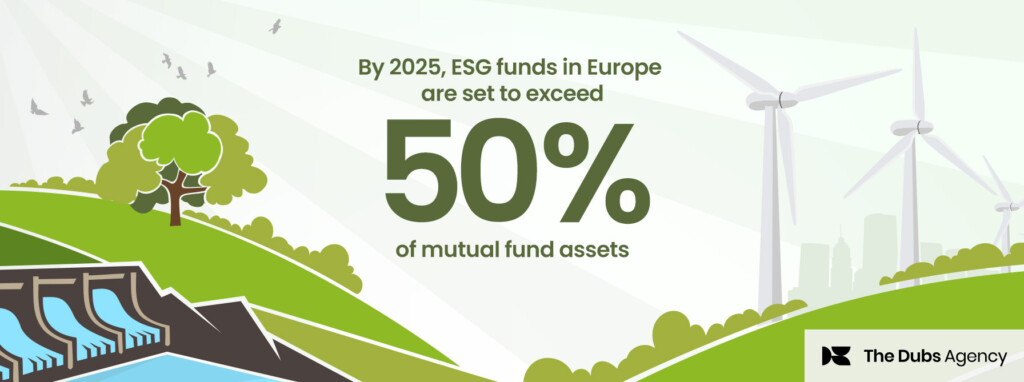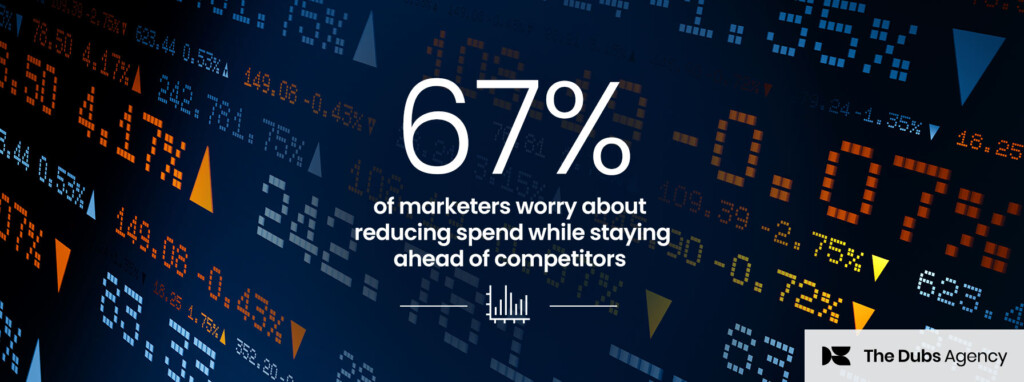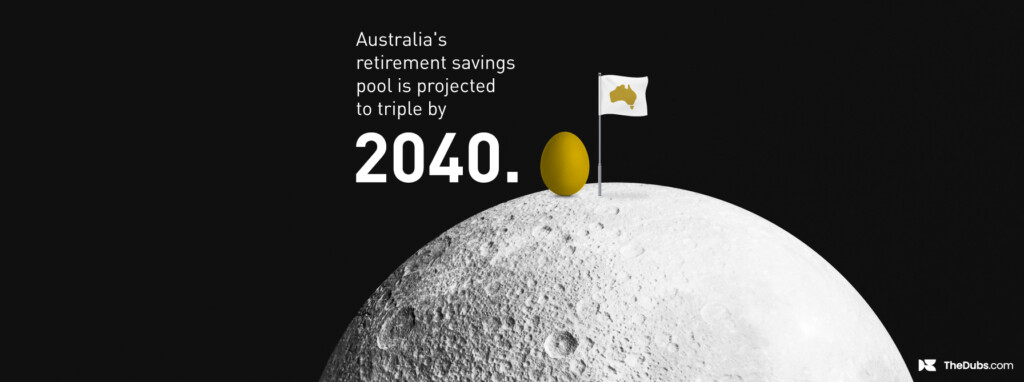Climate change is mobilising capital for green ventures, renewables and clean technology, but is green finance sustainable?
What Is Green Finance?
Green finance is a term that includes the financing of environmentally friendly investments, as well as practices that embed sustainability more broadly across the industry. 2016 was the hottest on record for the third consecutive year, and the public and private sector are increasingly committed to reducing the greenhouse gases that accelerate climate change.
How Does The UK Rate?
The 2015 Paris Agreement on Climate Change has been a huge driver of green finance and the UK is leading the charge. According to London’s Green Finance Initiative, 38 green companies, including renewable investment funds, have raised $10bn on the London Stock Exchange. In addition, 11 of the 100 most sustainable businesses in the world call the UK home, including Marks & Spencer, BT, and even BG Group. Nick Robins of the United Nations Environmental Programme (UNEP) adds, “London is a hub for green and sustainable finance. It is striking how many key global initiatives are clustered [here]– whether on responsible investment, green bonds, unburnable carbon, sustainable banking, climate disclosure or insurance risk.”
“In the same way you may spend with a credit card to earn points or miles, Ant Financial nudges millions of users to grow a forest of virtual trees for real world incentives.”
What Are They Doing In China?
While green finance will take reforms, goodwill and transparency – it also will require looking into what other nations are doing and implementing their best practices. One exciting initiative, The Green Digital Finance Alliance, launched at the World Economic Forum this year. The Alliance’s goal is to reshape the financial industry to align with the environment and its founders are UN Environment and Ant Financial, one of China’s leading online financial services providers.
Ant Financial is offsetting China’s massive energy demands with a digital app that monitors users’ carbon footprints with an algorithm and then awards ‘green energy’ credits to those whose financial transactions least impact the environment. Their innovative strategy includes a social media component smartly devised using behavioural science techniques. In the same way you may spend with a credit card to earn points or miles, Ant Financial nudges millions of users to grow a forest of virtual trees for real world incentives.
Who’s Paying?
In the past, tariffs, taxes and/or subsidies from the public sector has mitigated costs of greener business practices, but an increasingly supportive private sector is stepping up to facilitate this transition to a low-carbon future. Institutions such as the European Investment Bank provide more low interest lending to sustainable enterprises including wind and solar.
Green assets are being assigned more capital as institutions like IFC and The World Bank have paved the way issuing green bonds. Business titans are following. Last year, Apple issued its first green bonds, to the tune of 1.5bn. Leaders in this sector enjoy good press and publicity, and even accolades such as the Green Bond Awards. Governments are also paying attention. The UK and China are collaborating to speed the growth of green finance; their joint goals are outlined in The Global Green Bond Market report.
Is It Sustainable?
The digital revolution is inherently win/win for the environment and business because it creates less waste, which increases efficiency and profit. What began with paperless statements, online bill paying, trading and even payroll, continues to trim excess with clean tech breakthroughs and plummeting prices. Industry decision makers are more than ever incentivised to invest in and fuel green growth while high-carbon investments are riskier because of increased regulation, lessened demand, and finite fossil fuels.
Moody’s reports that green bond issuance rose 120 per cent last year (to 93bn), and global issuance could surpass 200bn in 2017. The momentum shows no signs of abating and neither does praise from industry experts. Bank of England Governor Mark Carney states, “The development of this new global asset class is an opportunity to advance a low carbon future while raising global investment and spurring growth.” In other words, green can mean gold.
Subscribe now for content marketing insights and trends straight to your inbox.









